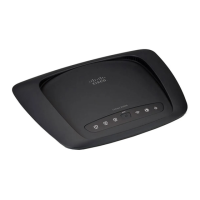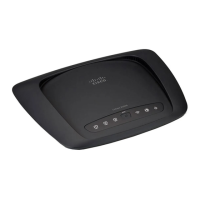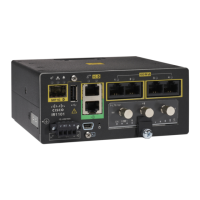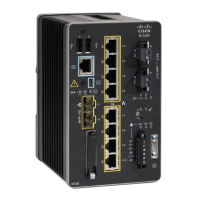ModificationRelease
The fault manager policy command was replaced with the event manager
policy command.
The type keyword was added.
Release 3.6.0
Task ID was changed from fault-mgr to eem.Release 3.7.0
Support added for verifying scripts against digital signatures, checksum,
third party scripts and Cisco signing server.
Release 5.2.0
Usage Guidelines
The EEM schedules and runs policies on the basis of an event specification that is contained within the policy
itself. When the event manager policy command is invoked, the EEM examines the policy and registers it
to be run when the specified event occurs. An EEM script is available to be scheduled by the EEM until the
no form of this command is entered.
AAA authorization (such as the aaa authorization command with the eventmanager and default
keywords) must be configured before the EEM policies can be registered. The eventmanager and default
keywords must be configured for policy registration. See the Configuring AAA Services on the
Cisco IOS XR Softwaremodule of Cisco IOS XR System Security Configuration Guide for the
Cisco XR 12000 Series Router for more information on AAA authorization configuration.
Note
Username
Enter the username that should execute the script with the username username keyword and argument. This
name can be different from the user who is currently logged in, but the registering user must have permissions
that are a superset of the username that runs the script. Otherwise, the script will not be registered, and the
command will be rejected. In addition, the username that runs the script must have access privileges to the
commands issued by the EEM policy being registered.
Persist-time
When a script is first registered, the configured username for the script is authenticated. If authentication
fails, or if the AAA server is down, the script registration fails.
After the script is registered, the username is authenticated each time a script is run.
If the AAA server is down, the username authentication can be read from memory. The persist-time determines
the number of seconds this username authentication is held in memory.
•
If the AAA server is down and the persist-time has not expired, the username is authenticated from
memory, and the script runs.
•
If the AAA server is down, and the persist-time has expired, user authentication fails, and the script
does not run.
EEM attempts to contact the AAA server and refresh the username reauthenticate whenever the configured
refresh-time expires. See the event manager refresh-time, on page 85 command for more information.
Note
Cisco IOS XR System Monitoring Command Reference for the Cisco XR 12000 Series Router, Release 4.1
OL-24735-01 83
Embedded Event Manager Commands
event manager policy

